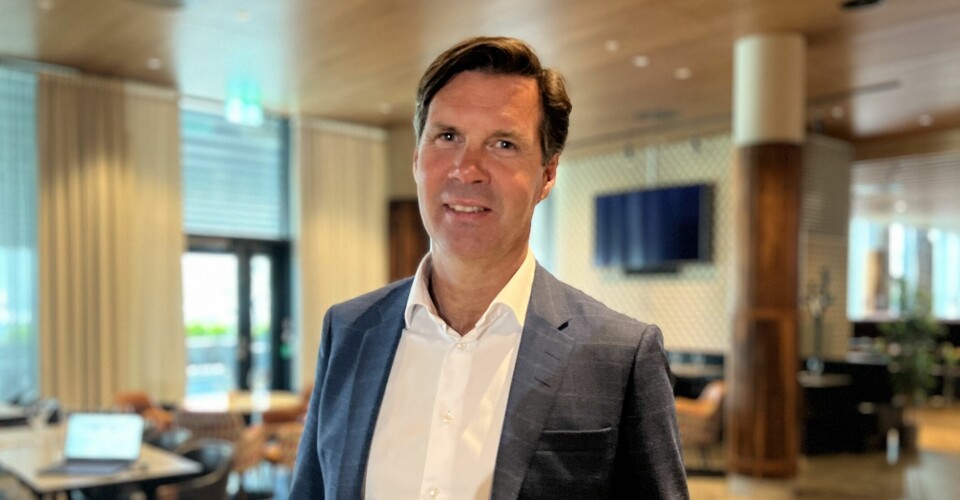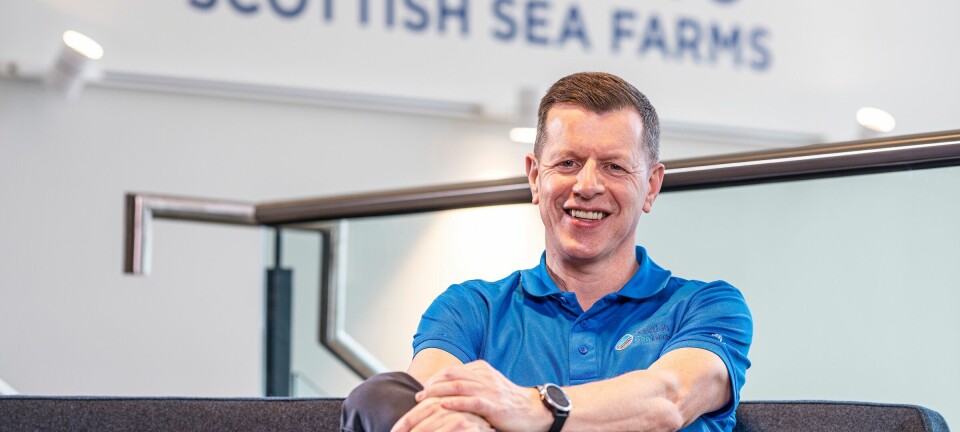
Lerøy cuts 2023 volume estimate after ISA forces early harvests
Scottish Sea Farms co-owner Lerøy Seafood Group has reduced its predicted harvest volume for 2023 from 181,500 gutted weight tonnes to 169,500 gwt following problems with gill health and infectious salmon anaemia (ISA) in Norway.
“At the end of the third quarter and the start of the fourth quarter, we have had challenges in some locations which have resulted in lower production than expected,” chief executive Henning Beltestad said in a press release accompanying Lerøy’s third-quarter results.
“This affects the expected harvest volume in 2023 and 2024, and for 2024 we now expect a harvest volume of approximately 193,500 gwt including jointly controlled operations.” That figure includes half of the 37,000 gwt that Scottish Sea Farms (SSF) expects to harvest in Scotland next year.
Lerøy, which also has a wild catch division, reported that turnover was a record NOK 8.001 billion (£593 million), which was 8% higher than in the same period last year.
Lerøy Sjøtroll
But operating profit fell to NOK 631 million compared to NOK 833m in Q3 2022. Lerøy said approximately NOK 200m of this reduction can be attributed to the early harvest at salmon farms with ISA in its Lerøy Sjøtroll (southern Norway) region. The company, which owns SSF 50/50 with SalMar, also took a NOK -67m hit as its share of losses made by the Scottish salmon farmer in Q3.
In order to achieve the company’s goals in aquaculture for 2025, a number of measures have been taken, with a focus on increased smolt quality, investments in new technology and implementation of the “Lerøy Way” of farming.
“We have great faith in the measures, and that their effect will gradually become visible in the form of higher growth through 2024,” said Beltestad.
Lerøy has been investing both in snorkel cages – in which the fish are kept below the lice layer - and semi-closed containment units at selected sites in Lerøy Sjøtroll and Lerøy Midt (central Norway) where there is higher lice concentration.
It is in the process of installing 51 snorkel pens at five sites, and 13 semi-closed containment units at four sites. Together, the measures will give extra protection to 10 million fish.























































